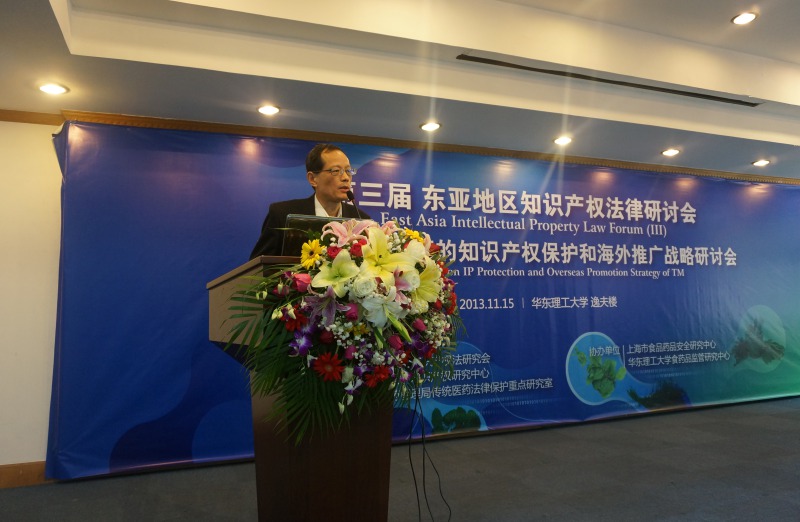On Oral Culture Protection and Inheritance of Minorities with Less Population -- Taking the Daur as an example
Publish Date:2015-07-04 00:11:16Visit:387
YuChunmei, Hou Siwei, Wu Dan
Historicaland cultural research base in Nenjiang River, Qiqihar University
next:Inheritance and Development of Xinjiang Uygur Traditional Culture


